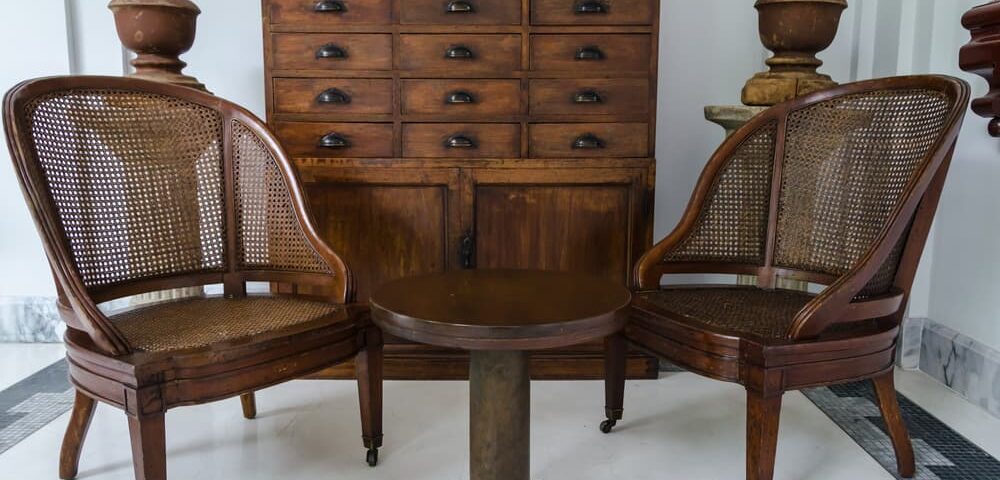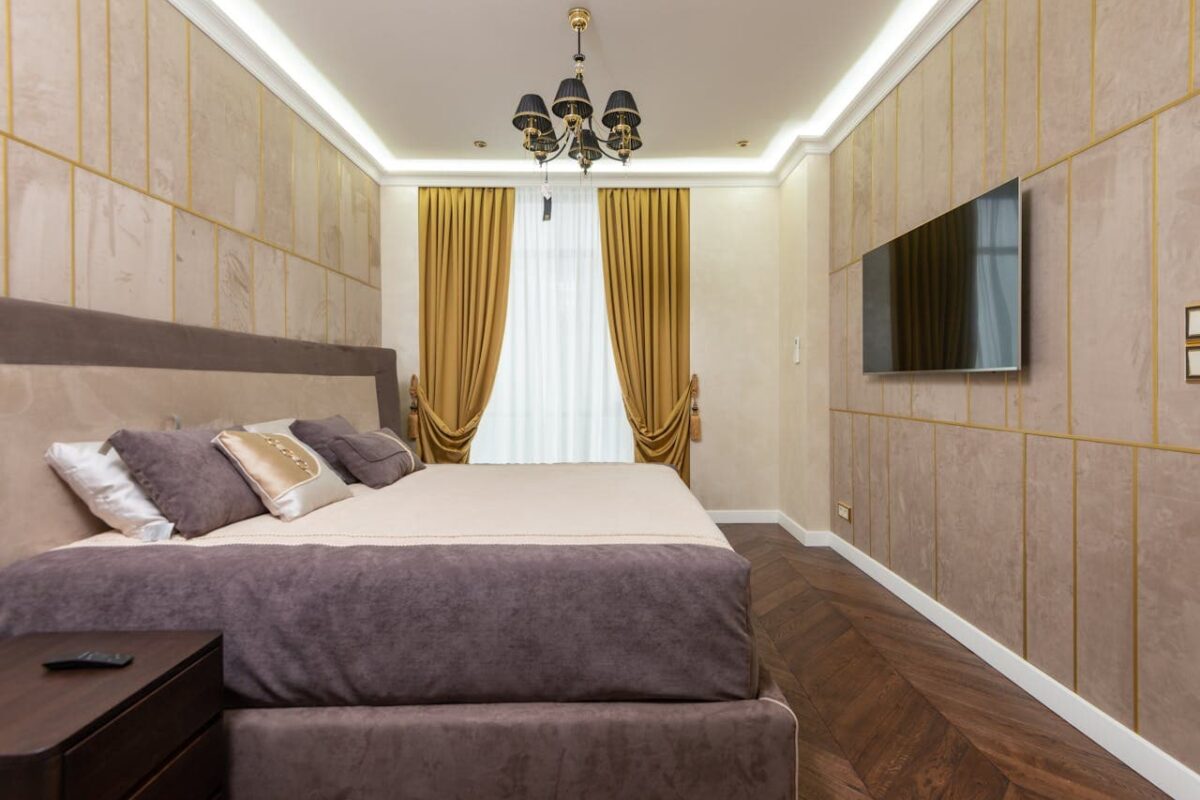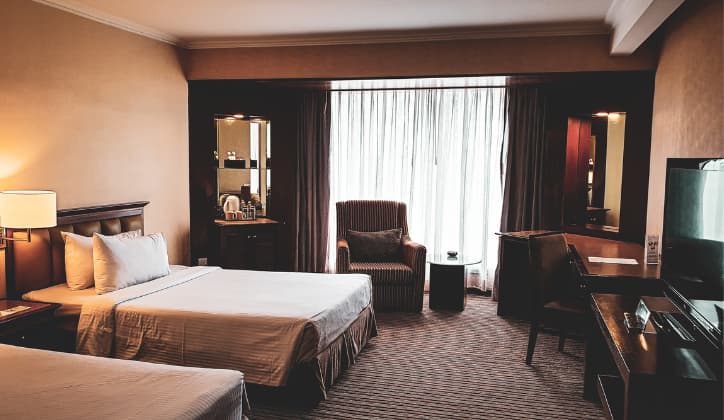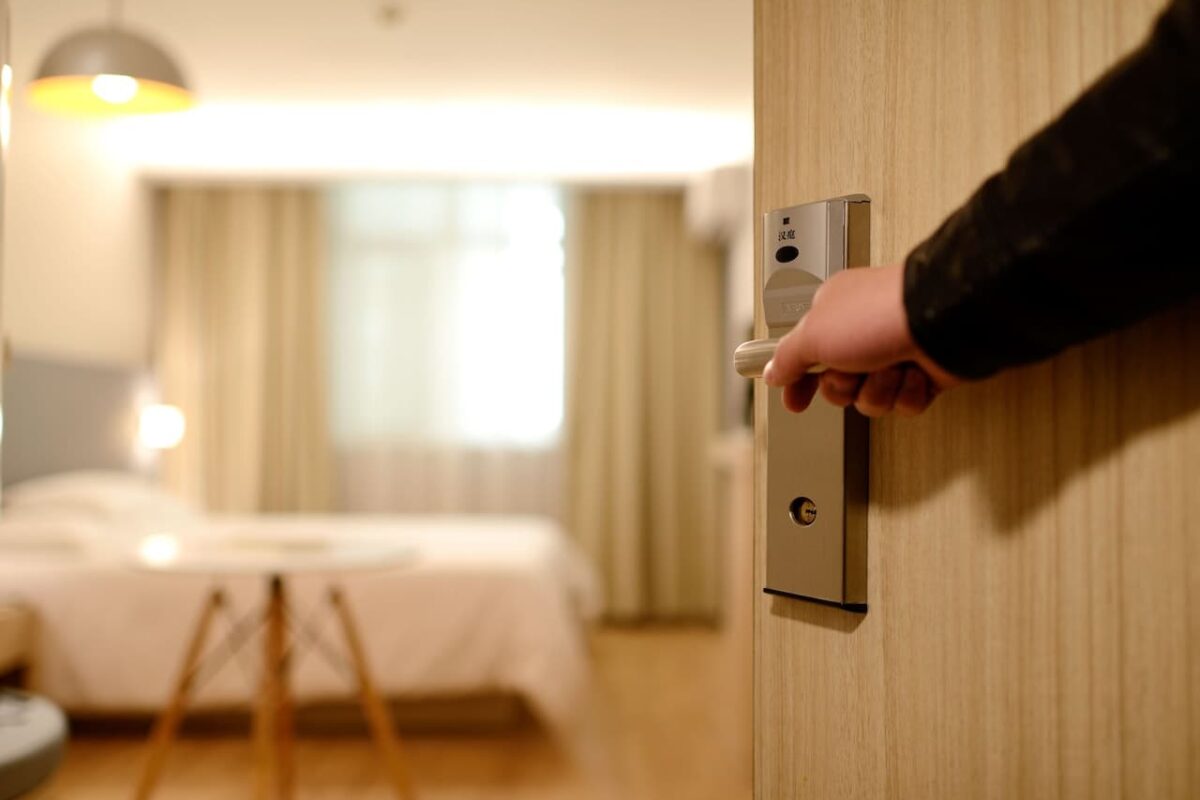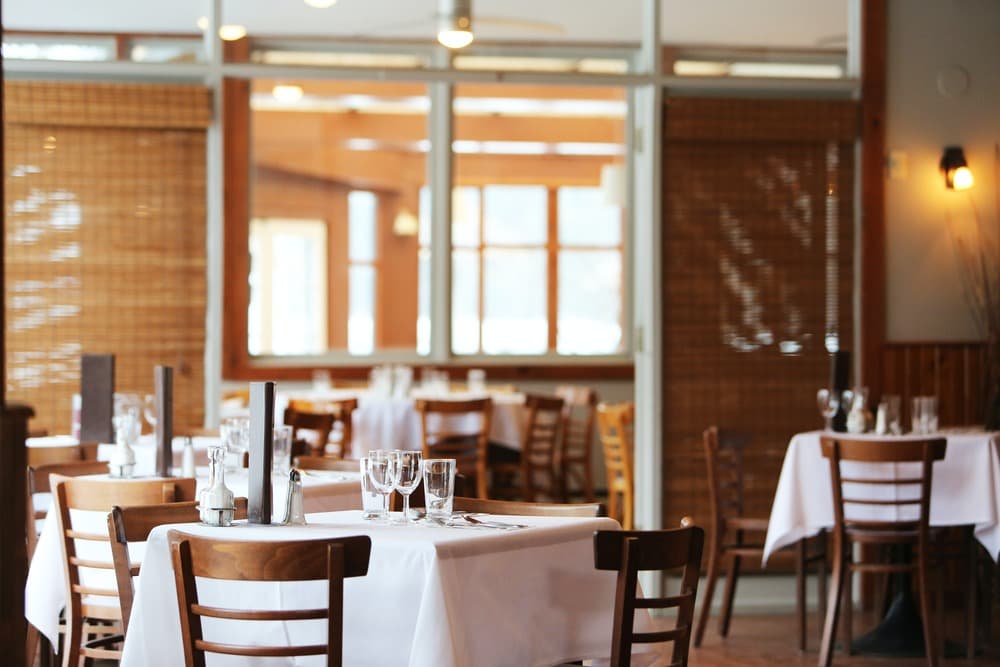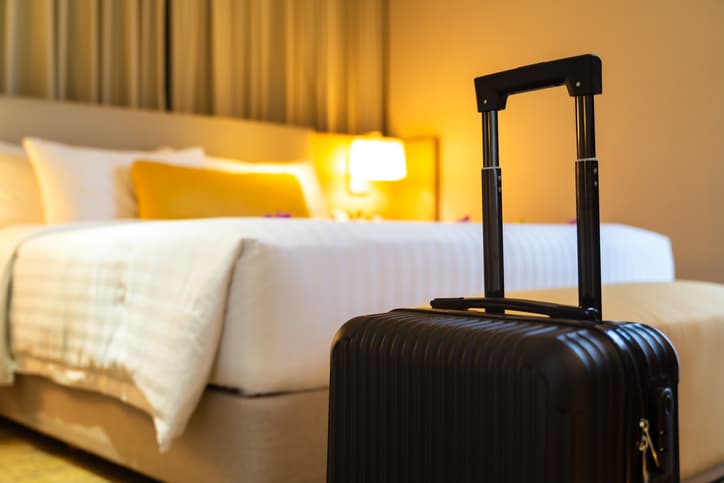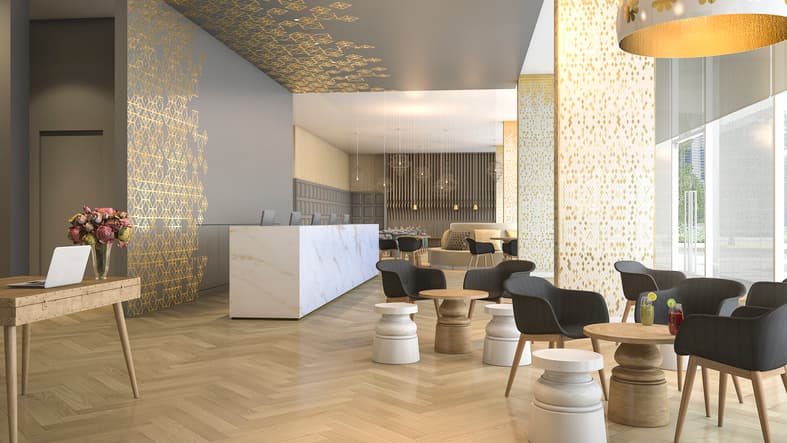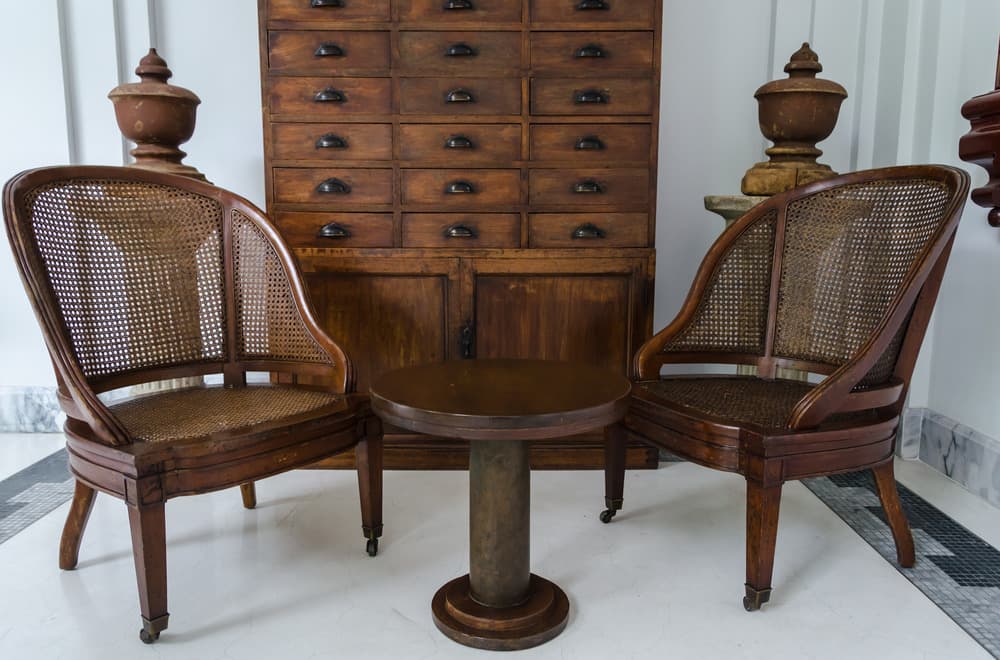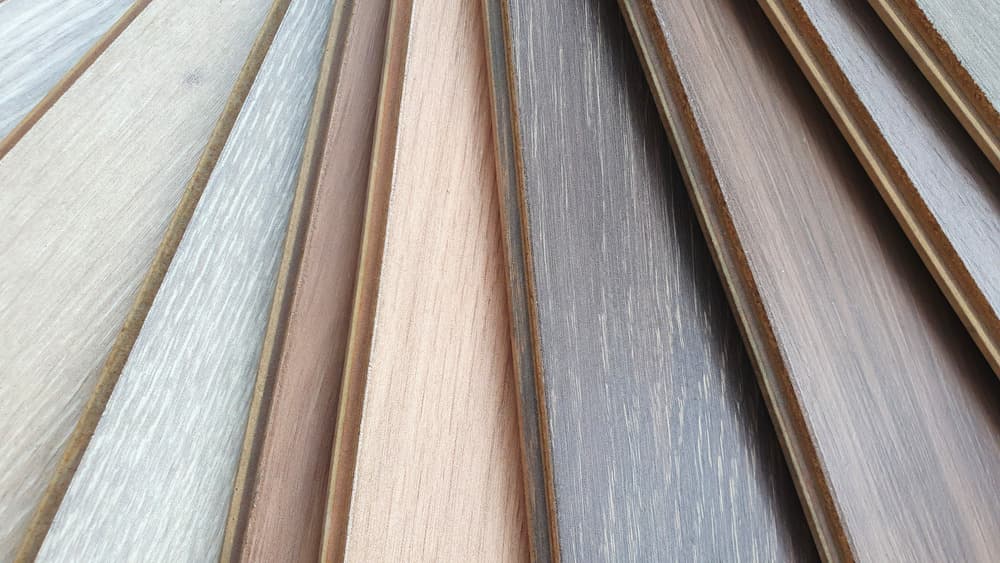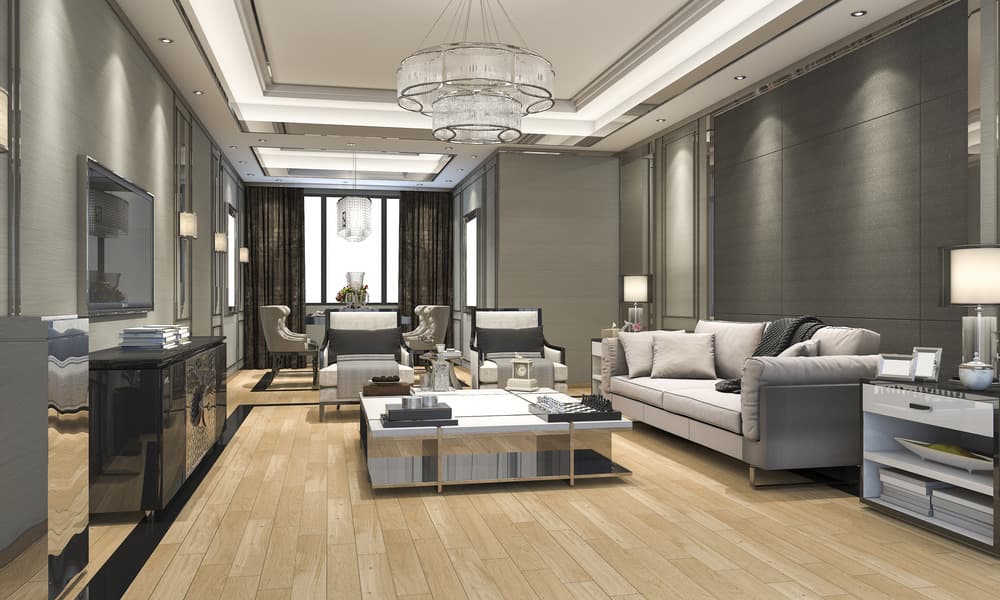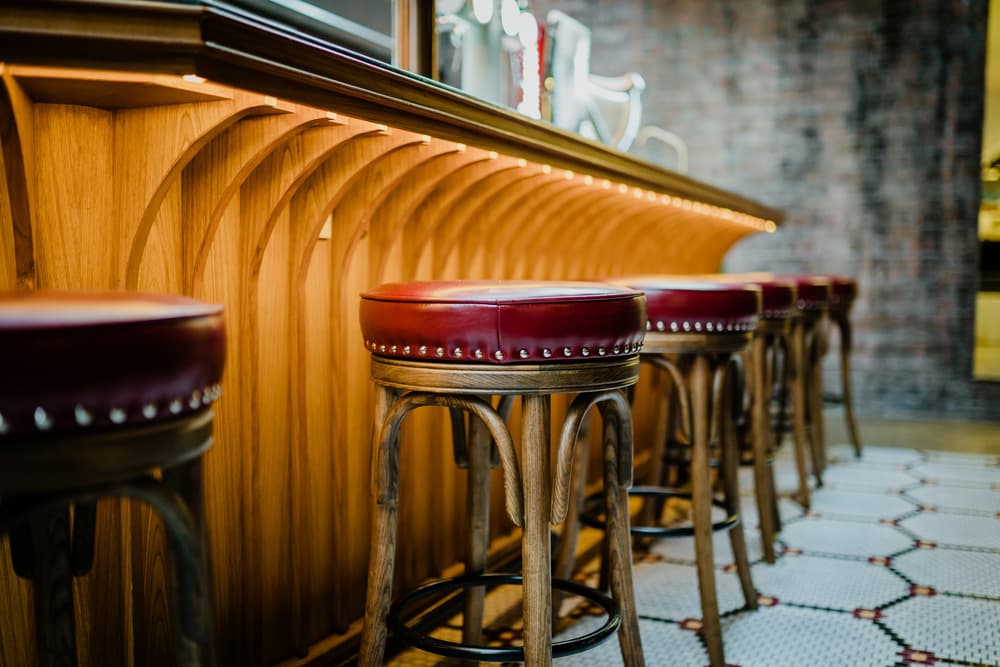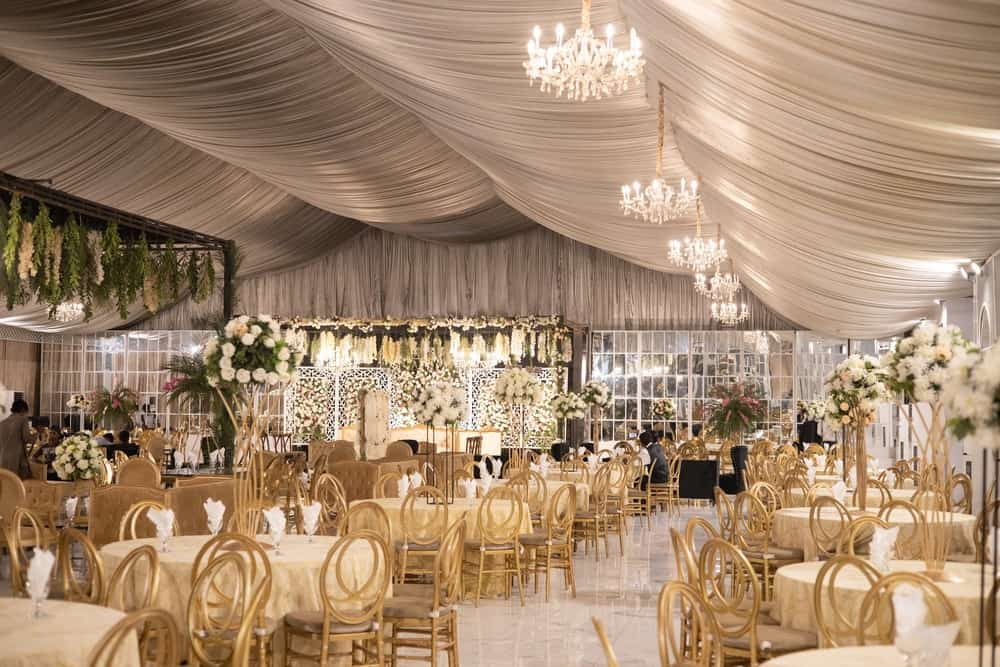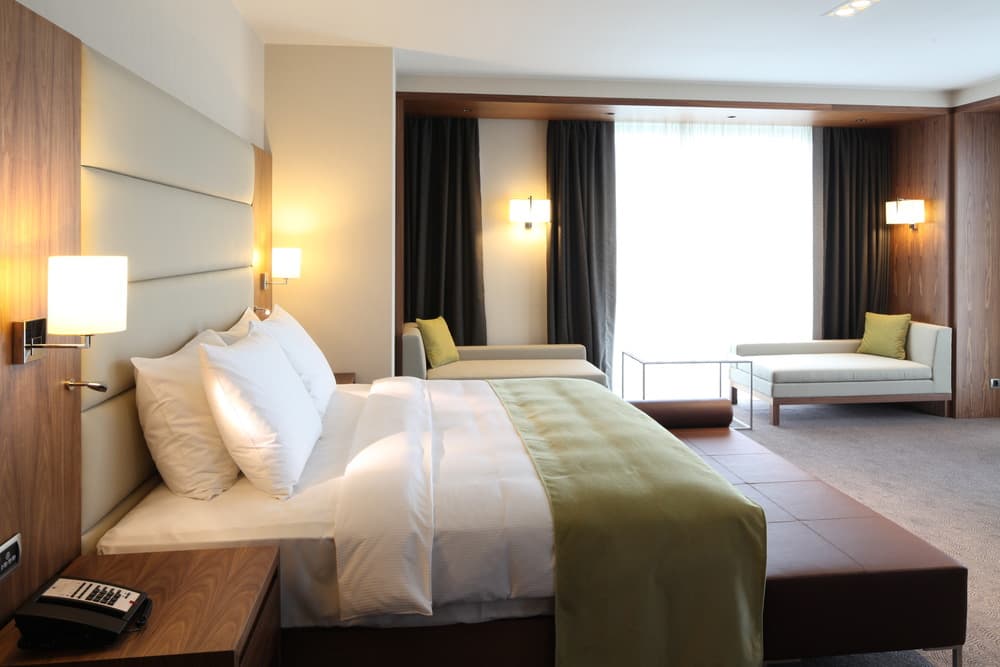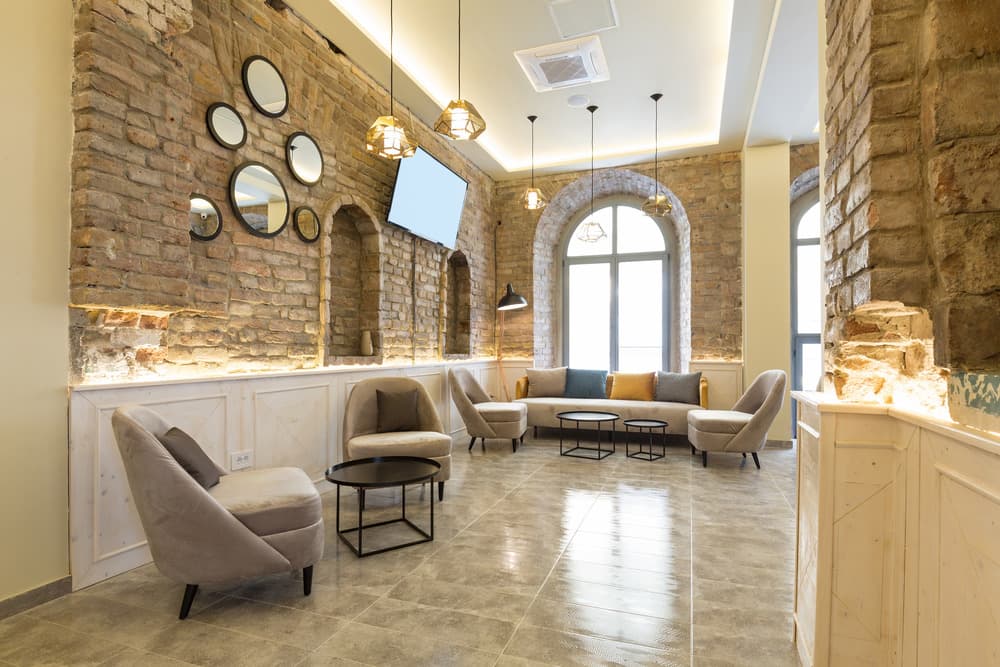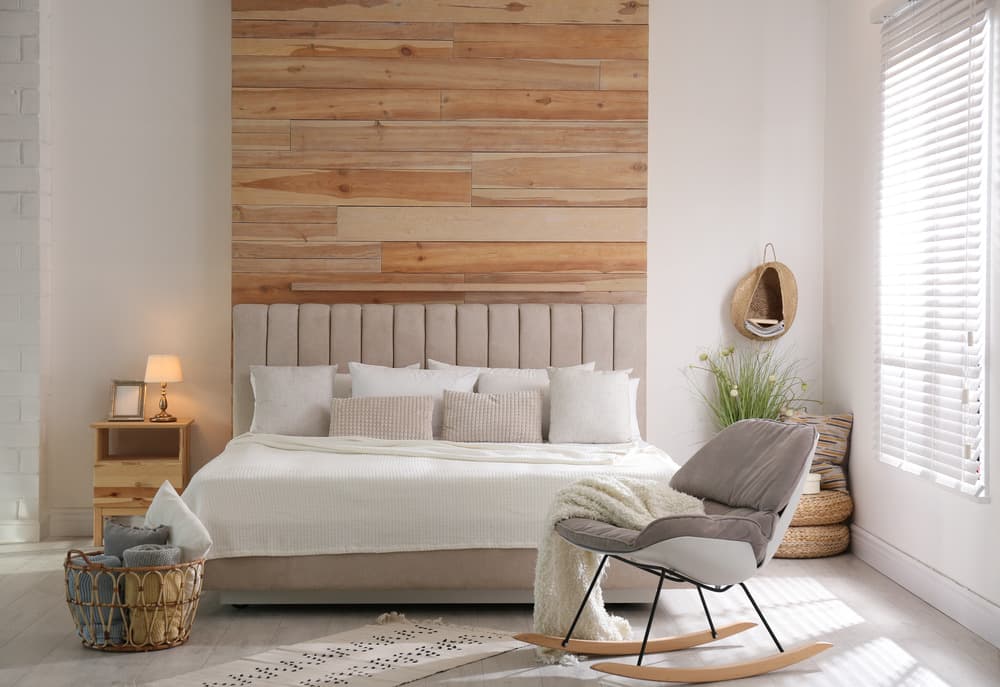
What is the most important element of creating a hotel with soul?
July 3, 2023
Choosing the Right Furniture: Tips for High-Traffic Hotel Areas
July 17, 2023Table of Contents
ToggleWhat key elements set traditional and modern furniture styles apart?
Traditional and modern furniture styles are distinct in their design, materials, and overall aesthetic. Understanding the key elements that set these two styles apart can help hotel owners and managers make informed decisions when choosing furniture solutions for their establishments.
Traditional furniture style is characterized by its classic, timeless appeal. It draws inspiration from historical periods such as the Renaissance, Baroque, and Victorian eras. Key elements of traditional furniture include ornate carvings, intricate details, and rich, dark wood finishes. Traditional furniture often features curved lines, elegant upholstery, and decorative elements like tufting and nailhead trim.
On the other hand, modern furniture style embraces simplicity, minimalism, and sleek lines. It is influenced by the mid-20th-century modernist movement. Key elements of modern furniture include clean, straight lines, smooth surfaces, and a focus on functionality. Modern furniture often incorporates materials like metal, glass, and plastic, and it tends to have lighter, neutral color palettes.
While traditional furniture emphasizes the beauty of craftsmanship and intricate details, modern furniture prioritizes functionality and simplicity. Traditional furniture tends to be bulkier and heavier, while modern furniture is lighter and more streamlined in its design. Additionally, traditional furniture is often associated with a more formal and elegant atmosphere, while modern furniture creates a contemporary and minimalist ambiance.
Another key difference between traditional and modern furniture styles is the choice of materials. Traditional furniture predominantly uses wood, such as mahogany, oak, or cherry, which adds warmth and richness to the space. Modern furniture, on the other hand, incorporates a variety of materials like metal, glass, and plastic, which give a sleek and modern look.
When it comes to choosing furniture for hotels, both traditional and modern styles have their advantages. Traditional furniture can create a sense of luxury and elegance, perfect for high-end establishments or classic-themed hotels. The intricate details and craftsmanship of traditional furniture can be a focal point in the design of the space.
On the other hand, modern furniture is ideal for hotels aiming for a contemporary and minimalist atmosphere. The clean lines and simple designs of modern furniture can create a sleek and sophisticated look. Modern furniture is also often more versatile in terms of functionality, with features like modular designs and built-in storage options.
Ultimately, the choice between traditional and modern furniture styles will depend on the desired ambiance and target market of the hotel. It’s important to consider factors such as the overall design theme, the level of comfort required, and the durability of the furniture.
In conclusion, traditional and modern furniture styles have distinct characteristics that set them apart. Traditional furniture emphasizes ornate details and craftsmanship, while modern furniture prioritizes simplicity and functionality. The choice between these styles will depend on the desired ambiance and target market of the hotel. By understanding the key elements of each style, hotel owners and managers can make well-informed decisions when selecting furniture solutions for their establishments.
What are the defining characteristics of traditional and modern furniture styles?
Traditional furniture styles are characterized by their classic and timeless designs. They often draw inspiration from historical periods such as the Renaissance, Baroque, or Victorian eras. Traditional furniture is known for its elegant and ornate details, such as intricate carvings, curved lines, and decorative motifs. It is typically made from high-quality materials like solid wood and features rich finishes like mahogany or cherry.
In contrast, modern furniture styles are known for their sleek and minimalist designs. They prioritize simplicity, clean lines, and functionality. Modern furniture often incorporates materials such as glass, metal, and synthetic materials like plastic or acrylic. It aims to create a sense of open space and simplicity in the room, often featuring geometric shapes and neutral colors.
Another defining characteristic of traditional furniture is the use of elaborate fabrics and patterns. Upholstered pieces like sofas and chairs in traditional styles often feature luxurious fabrics like silk, velvet, or damask, with intricate patterns or floral motifs. On the other hand, modern furniture typically uses more streamlined and practical fabrics, such as leather or microfiber, in solid colors or simple patterns.
Traditional furniture tends to have a heavier and more substantial feel, with larger proportions and more intricate details. It often includes features like turned legs, claw feet, or decorative moldings. Modern furniture, on the other hand, has a lighter and more airy appearance, with clean lines and a focus on simplicity and functionality.
Overall, the defining characteristics of traditional furniture styles are elegance, ornate details,and a sense of history and grandeur. Modern furniture styles, on the other hand, prioritize simplicity, clean lines, and functionality. By understanding these characteristics, hotel owners and managers can choose the style that best suits their desired ambiance and target market.
Why is it important to consider the style of furniture in a hotel?
The furniture in a hotel plays a crucial role in creating the overall ambiance and guest experience. It sets the tone for the entire space and contributes to the hotel’s brand image. The style of furniture chosen should align with the hotel’s target market and desired ambiance. For example, a luxury hotel targeting high-end clientele may opt for traditional furniture styles that exude elegance and sophistication. On the other hand, a boutique hotel targeting a younger, more modern clientele may choose contemporary or mid-century modern furniture to create a trendy and stylish atmosphere.
Additionally, the durability and quality of the furnishings are important considerations. Hotels experience high traffic and heavy use, so the furniture needs to be able to withstand constant use and maintain its appearance for an extended period. Investing in high-quality furniture ensures longevity and reduces the need for frequent replacements, ultimately saving costs in the long run.
How can hotel owners and managers select the right furniture solutions?
When selecting furniture solutions for a hotel, it is essential to consider the following factors:
1. Target Market: Understand the preferences and expectations of the hotel’s target market. This will help determine whether traditional or modern furniture styles are more suitable.
2. Ambiance: Definethe desired ambiance of the hotel. Traditional furniture styles create a sense of elegance and grandeur, while modern styles offer a more contemporary and sleek atmosphere.
3. Durability: Choose furniture that is built to withstand the demands of a hotel environment. Look for materials and construction techniques that offer durability and longevity.
4. Functionality: Consider the practical needs of the hotel. Ensure that the furniture is functional and can accommodate the needs of guests, such as storage space or comfortable seating.
5. Brand Image: The style of furniture should align with the hotel’s brand image and overall design concept. Consistency in style and design helps create a cohesive and memorable guest experience.
6. Budget: Determine the budget for furniture and prioritize quality within that budget. Remember that investing in high-quality furniture can save costs in the long run by reducing the need for frequent replacements.
7. Customization: Consider whether custom furniture solutions are needed to meet specific design requirements or to create a unique and personalized guest experience.
8. Sustainability: Take into account the environmental impact of the furniture. Opt for eco-friendly materials and sustainable manufacturing practices whenever possible.
By considering these factors, hotel owners and managers can select the right furniture solutions that enhance the overall guest experience, align with the hotel’s brand image, and offer durability and functionality. Working with reputable furniture suppliers and designers can also help in making informed decisions and finding the best furniture solutions for the hotel’s needs.
In conclusion, the style of furniture in a hotel should be chosen carefullyby considering factors such as the target market, desired ambiance, durability, functionality, brand image, budget, customization, and sustainability. By taking these factors into account, hotel owners and managers can ensure that they select high-quality, durable furniture solutions that enhance the overall guest experience and align with the hotel’s brand image. Working with reputable furniture suppliers and designers can also help in making informed decisions and finding the best furniture solutions for the hotel’s needs.

